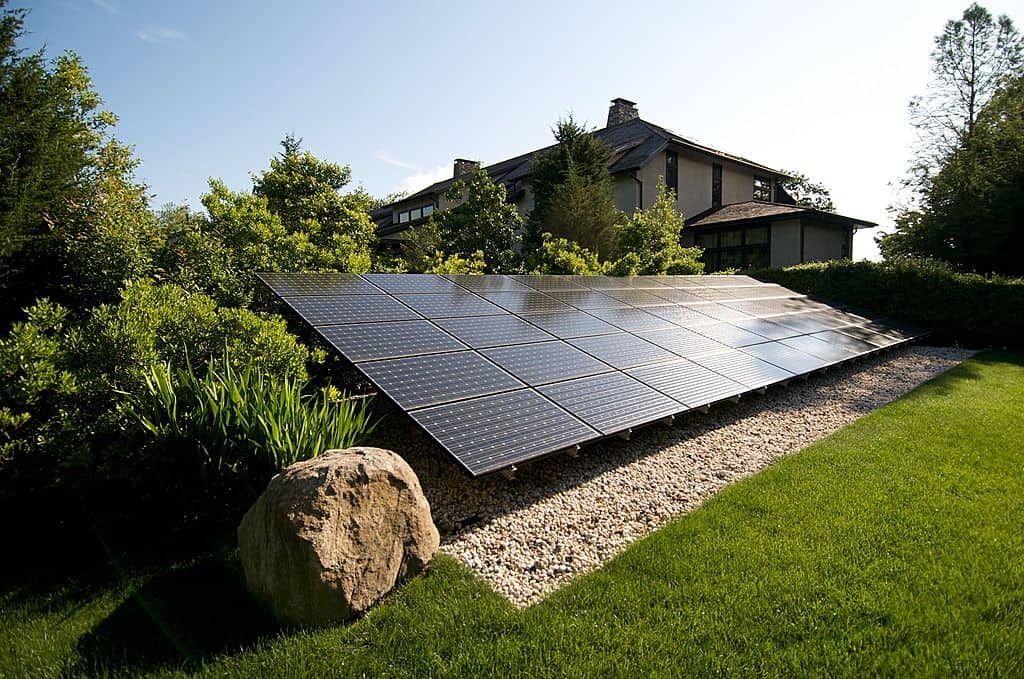Retrofitting the Past: How to Make Historic Urban Homes Energy-Efficient Without Losing Character
Old houses are beautiful, even when they still need work. Maintaining the ornate woodwork, tall sash windows, and original hardwood floors requires an artistic eye, and achieving energy efficiency in an urban historic home can be complex. You might struggle to keep your house cool in the summer and warm in the winter while lamenting the high heating and cooling bills. Luckily, you can preserve your home’s character while lowering your utility costs.
Historic homes often utilize durable materials that are difficult to source today, but can be eco-friendly when reused. On the one hand, these materials are durable and reduce concerns associated with new construction. On the other hand, energy audits of historic homes show they consume power at alarming rates. Here is what you can do to fix the issue without losing the house’s charm.
1. Begin With an Energy Audit of Your Historic Home
A complete energy audit shows where your home is the least efficient and allows you to see what changes might have the most impact. A professional may use tools such as thermographic scans, reviewing utility bills, air infiltration measurements, and blower-door tests to identify areas where you can improve your system. The audit keeps you from changing things with little impact and maintains the integrity of the home’s design.
2. Preserve But Weatherize Old Windows
The Environmental Protection Agency (EPA) offers advice for owners of historic homes, pointing to a study showing affixing storm windows to the exterior reduces heat loss by 58% without changing the structure’s most beautiful features. The added layer of insulation fills the gap.
Historic window restoration and energy concerns can coexist. If storm windows are too expensive or would change the exterior’s look, you can add inexpensive temporary window film during colder and hotter months. Simple fixes like sealing gaps can also reduce lost heating and cooling. If you must replace damaged windows, look for reproductions to match the architecture.
3. Complete Fireplace Efficiency Upgrades

Burning a fire isn’t always the solution. Up to 90% of the heat a fireplace creates can go up the chimney, making your efforts worthless. Consider adding an EPA-certified fireplace insert, which allows you to retain up to 90% of the generated heat rather than losing it. You can also seal cracks in the masonry to keep the original design but make it more practical.
4. Improve the Thermal Envelope
When it comes to old house weatherization, think of the “envelope” as your home’s winter coat. You want it to keep the house comfortable while still letting it breathe. Many historic homes were built before standard insulation, so small improvements go a long way.
Start by adding insulation to attics, walls, and crawlspaces. Insulation professionals can install insulation that won’t change the look of your home but will increase its energy efficiency. Look for breathable materials to prevent moisture from accumulating and harming historic masonry or plaster walls. Such upgrades keep your home cozy while maintaining its personality.
5. Install Green Systems
 Old heating and cooling systems can consume massive amounts of energy. Swapping them out doesn’t mean you have to lose the home’s charm. Find an HVAC contractor who will work with you to improve your unit’s performance with minor cosmetic upgrades.
Old heating and cooling systems can consume massive amounts of energy. Swapping them out doesn’t mean you have to lose the home’s charm. Find an HVAC contractor who will work with you to improve your unit’s performance with minor cosmetic upgrades.
You can replace outdated boilers with heat pumps by investing in the most energy-efficient models and using natural coolants. Ask for a smart thermostat and close off rooms you aren’t using frequently. Another idea is to install geothermal heating systems, which use 25% to 50% less electricity than standard models. You can also place solar panels out of view or away from the house to keep a historic facade.
6. Hire a Preservation Expert
Retrofitting your historic home without losing charm can seem like a tall mountain to climb. You want to keep original features intact, but you want to afford your power bills, too. A preservation expert may be worth the investment because they can guide you toward reversible updates. They also know what materials work best with an older structure.
Hiring someone local means they’ll be familiar with local historic district guidelines and may even guide you toward tax credits and grants to help you afford the cost of renovations. You’ll pass inspections more easily, preventing delays and keeping your home’s authenticity and value. Ask the preservation expert how to create a sustainable historic renovation without spending too much.
Balance Character and Comfort
Making your historic home energy-efficient while preserving its character requires a delicate balance. You must honor the house’s original look while modernizing it to create a more comfortable living space. Let your home tell a story while you create a greener residence for future occupants.